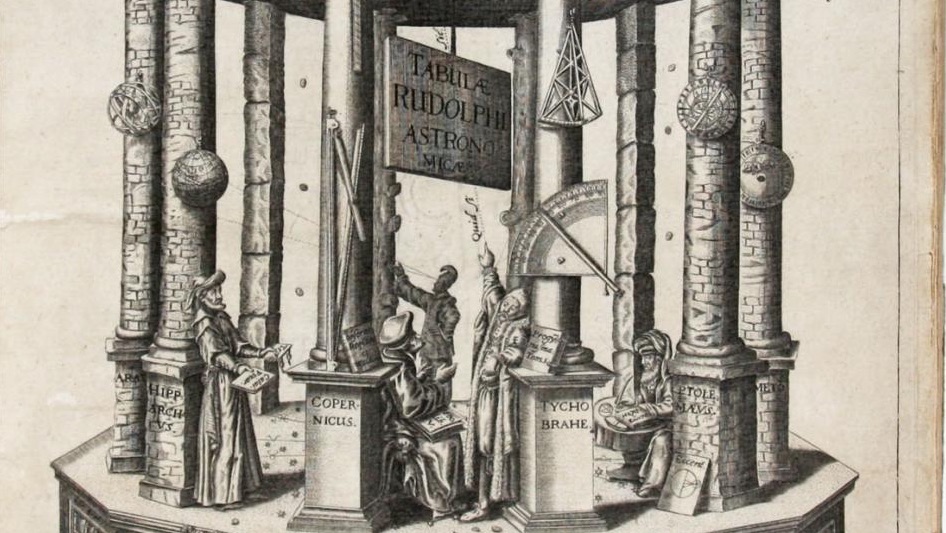This evening, the Astronomer Royal, Lord Rees, will weigh into the debate about climate change and geoengineering in an address at the British Science Festival.
Finding such fixes, as well as more efficient forms of alternative energy, may well be problems focused on by the new challenge prize that Rees has helped set up. That he, as Astronomer Royal, will be judging what has been called a new ‘Longitude Prize’, seems appropriate, but the innovations under consideration may be a long way from his own field of astronomy and cosmology.
Today the post of Astronomer Royal is honorary. It means simply, as Alok Jha’s article on Rees’s speech suggests, that he is “one of Britain’s most senior scientists”. Like a Chief Scientific Advisor, or the head of a scientific society, the Astronomer Royal can be expected to give all sorts of opinions about science and science policy, straying at least occasionally, if they wish, well beyond their area of research.
Was it always like this? Yes and no. Until the 1970s the post of Astronomer Royal was synonymous with director of the Greenwich Observatory (at Greenwich, Herstmonceux and then Cambridge). Before the 19th century, the AR was also an active observer, in fact only one of two observers in the institution.
Nevertheless, Astronomers Royal were often called upon to make judgements and offer advice in areas that did not relate to making observations or managing an observatory. Because the Royal Observatory was funded by government, being under the administration of first the Board of Ordnance and then the Admiralty, there was potential for them to be asked to consider a whole range of technical and scientific issues.
For much of the AR’s history, the most obvious place in which this happened was the Board of Longitude. While many of the ideas under consideration were astronomical (involving knowledge of astronomical theory, mathematics, optics and instrumentation), others were based on geomagnetism or, of course, horology. Understanding clocks and timekeeping was essential to astronomy, but the specifics of horological theory and manufacture would have been beyond the AR’s experience.
ARs also advised on areas like cartography, instrument design and weights and measures, that involved techniques closely allied to astronomy. But they were also asked to consider a wide range of fields of interest to the Admiralty and other branches of government, simply because they ended up being their available scientific expert.
One of the ARs who most obviously became the government’s go-to scientific and technical guy was George Airy, who was in position from 1835 to 1881. Airy covered a great deal of ground, intellectually and practically. Unlike all his predecessors he was not much involved with daily observations and he had a significantly larger workforce at the Observatory, onto which observation, calculation and even management could be delegated.
Airy, for example, did a considerable amount of work on the effect of iron ships’ hulls on compass use and design. He also advised, like many other ARs, on education and he was involved in the organisation of the Great Exhibition. He was, perhaps most intriguingly, called in to advise the Great Western Railway on track gauges and the engineer Thomas Bouch about the pressures that might be exerted by wind on the planned rail bridge crossing the Forth.
That latter advice got him into trouble. It was first applied by Bouch to the Tay Bridge and, when that collapsed in 1879 [see image above], Airy was called in by the enquiry. He claimed that his advice had been specific to the circumstances of the Forth and the design for that bridge (which was now speedily discarded). The enquiry agreed, suggesting that Bouch had “must have misunderstood the nature of [Airy’s] report”.
Airy did know quite a lot about engineering. He was, apart from anything else, closely involved with the design of large instruments and their mounts at Greenwich. Times and the nature and range of expertise have changed considerably since the 19th century, however. Lord Rees is not an Astronomer Royal who can offer specific or technical engineering expertise, rather he is calling for research and funding. Whether or not you agree with his statements is a different matter.




